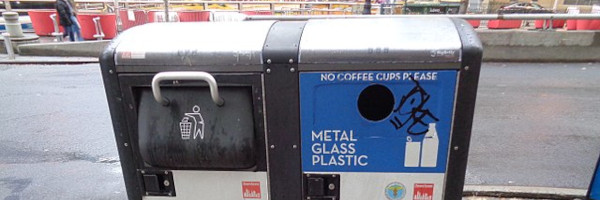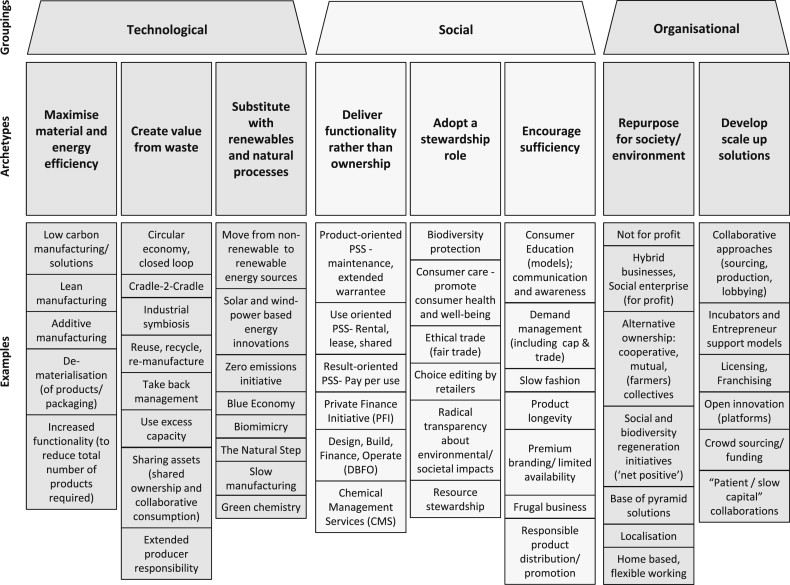Smart Waste
| Utility | ||||||||||||||||||||||||||
|---|---|---|---|---|---|---|---|---|---|---|---|---|---|---|---|---|---|---|---|---|---|---|---|---|---|---|

| ||||||||||||||||||||||||||
| Sectors | Utility | |||||||||||||||||||||||||
| Contact | Wilfred Pinfold | |||||||||||||||||||||||||
| Topics | ||||||||||||||||||||||||||
Activities
| ||||||||||||||||||||||||||
- Authors
A smart waste system is a type of waste management system that uses digital technology to improve the efficiency, cost-effectiveness, and sustainability of waste management.
Smart waste systems can include a variety of technologies such as sensors, data analytics, and communication networks. These systems can help to improve the collection, processing, and disposal of waste, as well as reduce the environmental impact of waste management.
Examples of smart waste systems include:
- Smart bin: These are waste bins that are equipped with sensors that can measure the amount of waste in the bin and alert waste collection services when the bin is full.
- Smart compactor: These are compactors that are equipped with sensors that can measure the amount of waste in the compactor and alert waste collection services when the compactor is full.
- Smart routing: This uses data analytics to optimize the route of garbage trucks to reduce emissions and fuel consumption.
- Smart collection: This uses sensors to determine when garbage is collected and how much is collected, which can help to improve the efficiency of waste collection.
- Smart recycling: This is a system that uses sensors to determine what materials are being thrown away and sort them into different recycling streams.
The benefits of smart waste systems include:
- Improved efficiency: Smart waste systems can help to improve the efficiency of waste management by reducing the number of missed pickups and reducing the amount of fuel consumed by garbage trucks.
- Reduced costs: Smart waste systems can help to reduce the costs of waste management by reducing the number of garbage trucks on the road and increasing the efficiency of waste collection.
- Increased sustainability: Smart waste systems can help to increase the sustainability of waste management by reducing emissions, fuel consumption, and other environmental impacts.
- Better data: Smart waste systems can provide data on how much waste is generated, and what types of waste are generated, which can help to inform better waste management policies and strategies.
The Future of Smart Waste Management
Solid Waste Management IoT Solution is being implemented in South Bend, Indiana and Pune, Mahashatra in India is the only project that looks at the possibilities that extend beyond the optimization of the operational status quo. Their project is aspiring to apply technology and data analytics to monetize an otherwise stranded value embedded in the materials being collected as waste. The goal is to use the data collected and analyze to optimize the distribution of recovered materials, ultimately to anticipate future markets for those waste materials; establishing new partnerships that provide innovative products that have yet to be imagined. This model, which is known as the circular economy, had been more theory than reality, until now. Real world implementations are now being realized across the globe, that through a systematic application of technology and artificial intelligence have the potential to take the circular economy to scale.

The Ellen MacArthur Foundation defines the circular economy as an economic system where products and services are traded in closed loops or ‘cycles’. A circular economy is characterized as an economy which is regenerative by design, with the aim to retain as much value as possible of products, parts and materials. This means that the aim should be to create a system that allows for the long life, optimal reuse, refurbishment, remanufacturing and recycling of products and materials. The Circular economy requires an understanding of system thinking, where all actors (businesses, persons, organisms) are part of a network in which the actions of one actor impact other actors. In a circular economy, this is taken into account in decision making processes by including both short- and long-term consequences of a decision, considering the impact of the complete value chain, and aiming for the creation of a more resilient system which is effective at every scale.
The focus on sustainability by all sectors has increased to a level where sustainability metrics have become an important evaluation criteria for decision making. The circular economy is the natural and logical next step to sustainability. The efficiencies and cost reductions are clear and identifiable, however it's the value creation and ability to innovate at a system level that makes the circular economy so compelling. A number of factors exist that will drive the transition that is needed.
The four most important of those drivers are:
- The positive business case
- A scarcity of certain of resources
- Climate change impacts, and
- New opportunities to innovate
Towards a Circular Economy: Business Rationale for an Accelerated Transition is the executive summary of analysis conducted to by the Ellen MacArthur Foundation regarding the benefits that could be realized by decoupling global economic development from the consumption of finite resources. The arguments are similar to those made when the sale of electricity was decoupled.
Incorporating circular practices requires collaboration across multiple companies in order to modify operations and be able to capitalize collectively when new opportunities emerge. Collaboration is not always easy and usually causes delays that can be costly. However, successful collaborations can also provide much greater returns when successful. The most successful collaborations are those that expand the combined range of services provided, with little or no overlap between partners. The chart below provides a glimpse of the complexities and details that are possible.











